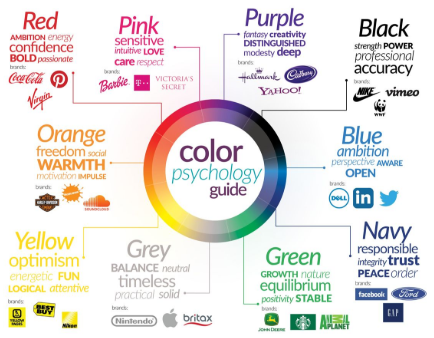How to Increase Social Media Engagement
Although social media engagement has dropped by 50% over the last three years, 92% of marketers still believe that social media is vital to their business. This is probably because social media marketing doubles the conversion rate compared to traditional outbound marketing methods.
Why? Because social media engagement strengthens brand loyalty, builds customer-brand relationships, and increases word-of-mouth advocacy, which is a much more effective conversion tool than advertising.
So, what’s caused this massive drop in content engagement? A common business misconception that simply being on social media is enough.
Showing up isn’t enough anymore. Intelligent marketers know that you can’t just throw a bunch of posts out there and hope that something sticks.
Audiences today are so desensitized by the flood of content that brands need to find new ways to proactively reach out, rather than passively waiting for them to engage.
If you’re seeing a decline in your engagement rates, here are five tips to break you out of your slump.
1. Be Active
The number one key to social media engagement success is to build long-term, meaningful relationships with your audience. Viral content isn’t going to cut it anymore. What audiences really want is responsive conversation, interaction that they know will make a difference.
Most brands have adopted social media, but their engagement efforts have generally only been one-way. They’re using social media as a bullhorn, rather than the walkie-talkie it’s designed to be.
If brands don’t respond to comments or messages, it screams, “We don’t really care about you.” Consistently responding to followers can create a domino effect, starting with an increase in your post’s organic reach and visibility on news feeds, leading to even higher engagement rates.
Respond quickly and consistently to as many comments as possible; never use cut-and-paste responses.
Flaunt Your Personality
People will judge your brand based on the way you interact with them on social media, so always be genuine. Understand your social media brand voice!
This is particularly important because 80% of people on social media choose to follow brands based on whether their content feels and sounds genuine.
In fact, people often unfollow brands for not having a personality, or for using slang and jargon that doesn’t match their brand voice.
“Don’t just give your customers something to talk about, give them somebody to talk about.”
Jay Baer
Whether you’re sassy like Wendy’s, or quirky like Starbucks Coffee, know who you are and don’t be afraid to let that personality shine.
P.S – Try replying to comments and messages with GIFs or memes occasionally Its’s an easy way to inject some fun into your page.

3. Don’t be afraid to ask for feedback
Ask your followers for feedback on your service or product and respond to each of their comments- especially the negative ones.
Start a conversation about a trending topic. Ask what questions they would like to see answered in the next blog or post. Ask them how they tackle certain challenges or what was their best experience with a certain product. The more you know about your audience, the easier it will be to come up with great questions and better content. Increasing social media engagement moves beyond extracting likes to making real connections with consumers.
Alternatively, set up a poll just for fun. Twitter, Facebook, and Instagram all have built-in poll functions for you:

4. Set a clear call-to-action
If anything, 2019 is the year of transparency. The cultured audience knows when they’re being tricked into something and 66% of consumers feel deceived when they realize they’ve been baited into reading sponsored content.
The main takeaway is this: be upfront with what you want.
Using words like “follow”, “retweet”, or “follow” can result in 20x the engagement rate compared to posts without clear CTAs.
5. Recognize your fans and post user-generated content

With their catchy hashtag, #letsbefrank, and an army of influencers in tow, Frank Body created a community that consumers were desperate to be a part of it.
Fans appreciate being recognized by their favorite brands, and reposting UGC is a great way to strengthen your community and potentially increase sales.
Don’t believe me? See how the ‘InstaWhopper’ campaign by Burger King gathered over 34,000 coupons in 3 hours. Or, how this #AIRMAXLINE campaign by Nike resulted in over 15 million impressions and an increase in social media engagement in just two weeks – 100% organically.
Basically…
At the end of the day, social media is all about building relationships. Be a good listener, be authentic, be consistent, but shake things up sometimes. And remember that it’s not just about you and your needs.
In exchange, you’ll get a better understanding of your consumer base, which will help you to build better products or provide better service– both key components in improving your business.
Remember, relationships also take time to build, so don’t be disappointed if your engagement rates don’t immediately increase overnight.
Most importantly, social media is a continually evolving playing field, so be ready to adapt your strategy at any time.




